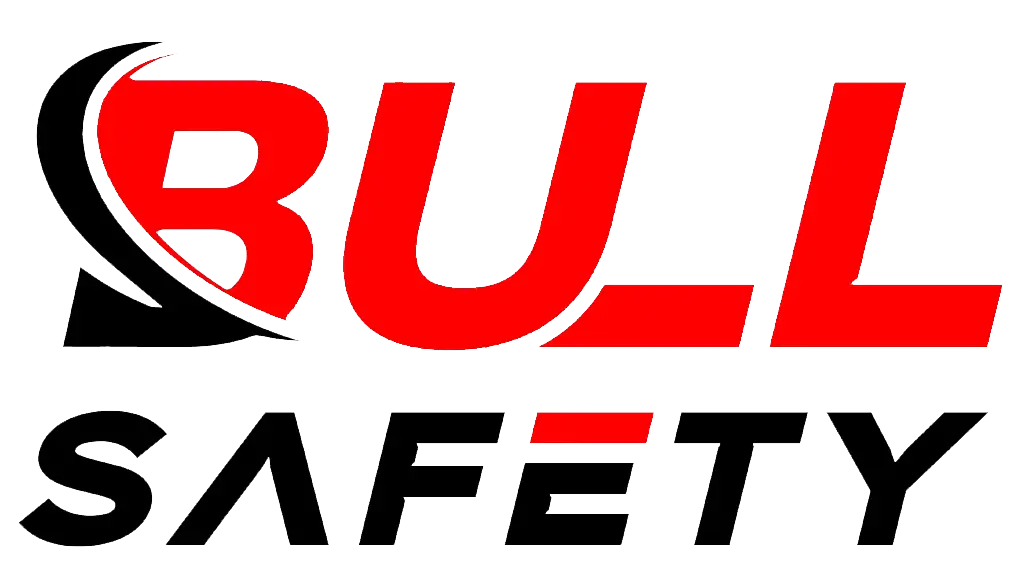Sourcing reliable PPE in Mexico can be a challenge. You worry about inconsistent quality and unstable supply chains, which puts your business at risk. We can help you navigate it.
The top cut-resistant glove suppliers in Mexico include major international players like MCR Safety and Magid de México, alongside strong local distributors such as MARVIC and SafetyStore México. These companies offer a range of certified products to meet various industrial safety needs across the country.

Top Cut Resistant Glove Suppliers in Mexico.
Website:https://www.mcrsafety.com/
As a specialty glove manufacturer myself, I’ve spent years working with PPE wholesalers worldwide. We help partners design and produce high-performance gloves. I’ve watched the Mexican market closely because it’s a vital manufacturing hub. Many of my partners ask about local suppliers there. While local distributors play a role, it’s important to understand all your options. This includes leading local suppliers and the benefits of partnering directly with a manufacturer like us. Let me share what I’ve learned to help you make the best choice for your business.
How do you choose between local distributors and international brands in Mexico?
You are in the Mexican market and need gloves. Do you go with a huge global name or a local expert? It’s a common problem with no single right answer.
Choosing between a global brand like MCR Safety1 and a local Mexican distributor like MARVIC2 depends on your priorities. International brands offer globally recognized certifications and consistency. Local distributors provide deep market knowledge and potentially more personalized service for regional needs.

Choosing a PPE Supplier in Mexico.
When deciding, you need to weigh the pros and cons of each type of supplier. I’ve worked with many procurement managers, and their final choice often comes down to a few key factors: speed, customization, and cost. An international brand might have a deeper catalog, but a local distributor might get you a standard product faster.
Let’s break it down further.
Comparing Supplier Types
International brands operating in Mexico, like MCR Safety or Magid de México, bring their global reputation and standardized quality control. Their products almost always come with ANSI and CE certifications, which is a huge plus for compliance. However, their operations can sometimes be rigid, with less room for customization or price negotiation.
On the other hand, local distributors like MARVIC Seguridad Industrial or Guantes de Morelos have an excellent grasp of the local business culture and logistics. They might offer more flexible payment terms or quicker delivery within a specific region. The downside is that their product range might be limited to what they stock, and they are middlemen, which adds a layer to the cost.
Here is a simple table to compare them:
| Feature | International Brands (e.g., MCR Safety) | Local Distributors (e.g., MARVIC) |
|---|---|---|
| Quality Control | Highly standardized, globally certified (ANSI/CE) | Varies; dependent on the brands they carry |
| Product Range | Extensive, often includes latest innovations | Often limited to popular, high-volume items |
| Customization | Limited; focused on mass production | Very limited; they resell, not manufacture |
| Price | Can be higher due to brand value and overhead | Includes a distribution markup, but may be competitive |
| Local Support | Good technical support, established network | Strong local relationships and logistical knowledge |
Ultimately, your choice depends on whether you need the assurance of a global brand or the agility of a local partner.
What key features should I look for in a glove supplier?
You found a few potential suppliers. Now, how do you sort the good from the great? Focusing on the wrong details can lead to costly mistakes and unsafe products.
The most important features are official certifications (ANSI/EN 388), the correct cut-level for the job, and durable materials with the right coating. A reliable supplier should provide clear documentation for their products and offer technical support to help you choose correctly.

Key Features of a Quality Cut-Resistant Glove.
As a manufacturer, I can tell you that the details make the glove. It’s not just about stopping a blade. It’s about grip, dexterity, and durability3 over hundreds of hours of use. A low-cost glove that wears out in a week isn’t a good value. When I talk to procurement managers like you, I always steer the conversation toward performance and away from just the sticker price. Whether you are looking at products from SafetyStore México or Guantes Internacionales, the core technical specifications4 are what truly matter.
Understanding Technical Specifications
First, let’s talk about certifications. Always ask for proof that the gloves meet ANSI/ISEA 105 or EN 388 standards. These are not just letters and numbers; they represent rigorous testing that ensures the glove performs as advertised. Any serious supplier will provide this data without hesitation.
Second, the cut level is critical. The ANSI A1-A9 scale tells you exactly how much force a glove can withstand from a blade. Using an A2 glove for a job that needs A6 protection is a recipe for disaster.
Here is a quick reference for ANSI cut levels:
| ANSI Level | Cut Resistance (grams) | Common Applications |
|---|---|---|
| A1 | 200 – 499 g | Nuisance cuts, material handling |
| A2 | 500 – 999 g | Construction, small parts assembly |
| A3 | 1000 – 1499 g | Light manufacturing, pulp & paper |
| A4 | 1500 – 2199 g | Sheet metal handling, general-duty |
| A5 | 2200 – 2999 g | Metal fabrication, glass handling |
| A6 | 3000 – 3999 g | Heavy-duty metal stamping, recycling |
| A7-A9 | 4000 g+ | High-risk environments, blade handling |
Finally, consider the materials and coating. High-performance fibers like HPPE or steel blends provide the cut resistance. But the coating—like the sandy nitrile, microfoam, or PU that we specialize in—determines the grip, abrasion resistance, and comfort. A supplier should be able to explain why one coating is better than another for a specific task.
Is sourcing directly from a manufacturer a better option for wholesalers?
You are buying in bulk. Going through distributors adds costs and complexity. Are you tired of paying middlemen and wish you had more control over your products?
For PPE wholesalers, sourcing directly from an OEM manufacturer is almost always the better long-term strategy. It reduces your cost per unit, gives you full control over product design and branding (OEM/ODM), and ensures a stable, high-quality supply chain.

Sourcing PPE Directly from a Manufacturer.
Website:https://www.vargas-sa.com.mx/
For years, my role at BullSafety has been to build direct partnerships with wholesalers. I’ve seen them transform their businesses by cutting out the middleman. I remember a partner in Latin America who was struggling with inconsistent quality and rising prices from a local reseller. They were selling gloves from brands like those on the Mexico list, but had no control. We worked with them to design a custom glove line with their branding. They lowered their costs by 30% and their customers were happier with the improved quality and durability. This is the power of a direct manufacturing partnership5.
The Advantages of a Direct Partnership
While Mexican suppliers like Vargas S.A.6 or ESICSA México offer manufacturing capabilities, expanding your search to a global manufacturing partner like BullSafety opens up even more possibilities for value and innovation. A direct relationship fundamentally changes your purchasing power and market position.
Let’s compare the two models:
| Feature | Buying from a Distributor | Sourcing from a Manufacturer (like BullSafety) |
|---|---|---|
| Cost | Includes distributor markup, higher unit price. | Factory-direct pricing, significantly lower costs. |
| Customization | Zero to none. You buy what they stock. | Full OEM/ODM. Your design, your materials, your brand. |
| Quality Control | Indirect. You trust the distributor’s claims. | Direct. You can specify standards, materials, and inspections. |
| Supply Chain | Can be unstable. Distributor may change suppliers. | Stable and transparent. You are the priority. |
| Innovation | You get new products when the distributor decides. | Direct access to new materials, coatings, and technologies. |
The biggest concerns I hear from procurement managers are cost control and supply chain stability. Sourcing directly from an ISO 9001 certified manufacturer solves both. You aren’t just a customer; you become a partner. We work with you to optimize materials and production methods to hit your target price without sacrificing the safety standards (CE & ANSI) your customers demand. This level of collaboration is something a reseller simply cannot offer.
Conclusion
Choosing the right supplier in Mexico is vital. While local distributors are convenient, a direct partnership with a manufacturer offers unparalleled advantages in cost, customization, and quality control for wholesalers.
-
Explore this link to understand the advantages of global brands, including certifications and consistency that can enhance your business. ↩
-
Discover how local distributors can provide tailored services and market insights that meet specific regional needs. ↩
-
Understanding these features can help you choose gloves that enhance safety and performance in your work. ↩
-
Exploring these specifications will ensure you select gloves that meet your specific needs and standards. ↩
-
Explore this link to understand how direct manufacturing partnerships can enhance business efficiency and profitability. ↩
-
Explore Vargas S.A. to understand their unique manufacturing capabilities and how they can enhance your business. ↩



